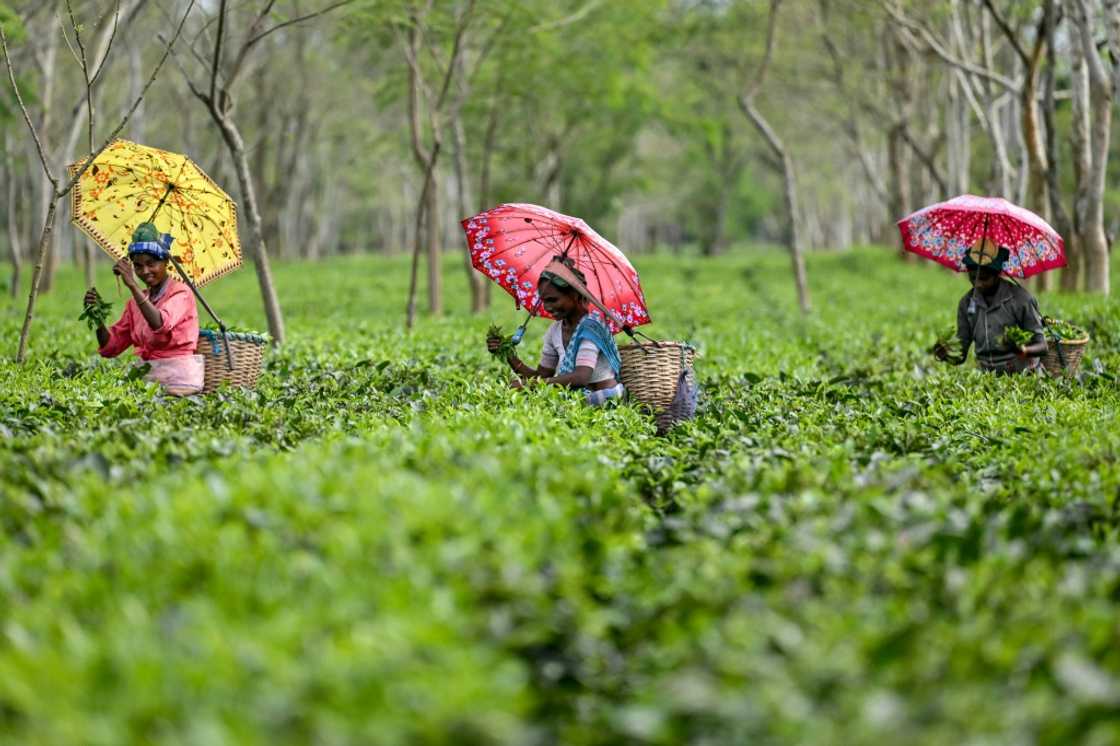Darjeeling Tea Industry Faces Severe Setback After Unprecedented Rainfall
India’s prestigious Darjeeling tea industry has suffered a significant blow following devastating floods and landslides that destroyed approximately 5% of its renowned tea gardens. The disaster, which struck in early October 2023, has impacted over 950 hectares of tea plantations in the region known globally for its premium tea production.
The catastrophic weather event saw Darjeeling receive an extraordinary 261 millimeters (10 inches) of rainfall on a single Saturday, according to Rajkumar Mondal, chairman of the Indian Tea Association’s Dooars Chapter. “It’s unprecedented — I have never experienced such a disaster in my life,” Mondal told AFP, noting that the flooding occurred just before the harvest of premium young leaf tips, known as the “new flush.”
The impact extends beyond agricultural losses, with at least 36 people confirmed dead, as reported by Darjeeling’s Superintendent of Police, Praween Prakash. The natural disaster has destroyed more than 500 homes, forcing hundreds of residents into temporary shelters. Emergency services were deployed to rescue stranded tourists using earthmovers.
Darjeeling, which typically produces 10,000 tonnes of tea annually across 17,500 hectares, is facing significant cleanup challenges. Mondal highlighted the costly process of removing silt deposits left on tea plants as flood waters receded.
Regional Meteorological Centre scientist Sourish Bandopadhyay attributed the extreme weather to “an unexpected change in the trajectory of a low-pressure system,” identifying it as evidence of climate change in the region. This event adds to growing concerns about climate change’s impact on India’s tea industry, with producers reporting increased challenges from irregular weather patterns, new pests, and diseases.
The disaster highlights the vulnerability of India’s tea sector, which employs over two million people directly and indirectly. As the world’s second-largest tea producer and third-largest black tea exporter, India exported approximately 255,000 metric tonnes of tea in 2024, generating revenue of about 71 billion rupees ($850 million).
The monsoon rains, which began on October 3, have since subsided, but their impact on this protected Geographical Indication region continues to raise concerns about the future sustainability of tea production in the face of changing climate patterns.







Leave a Comment